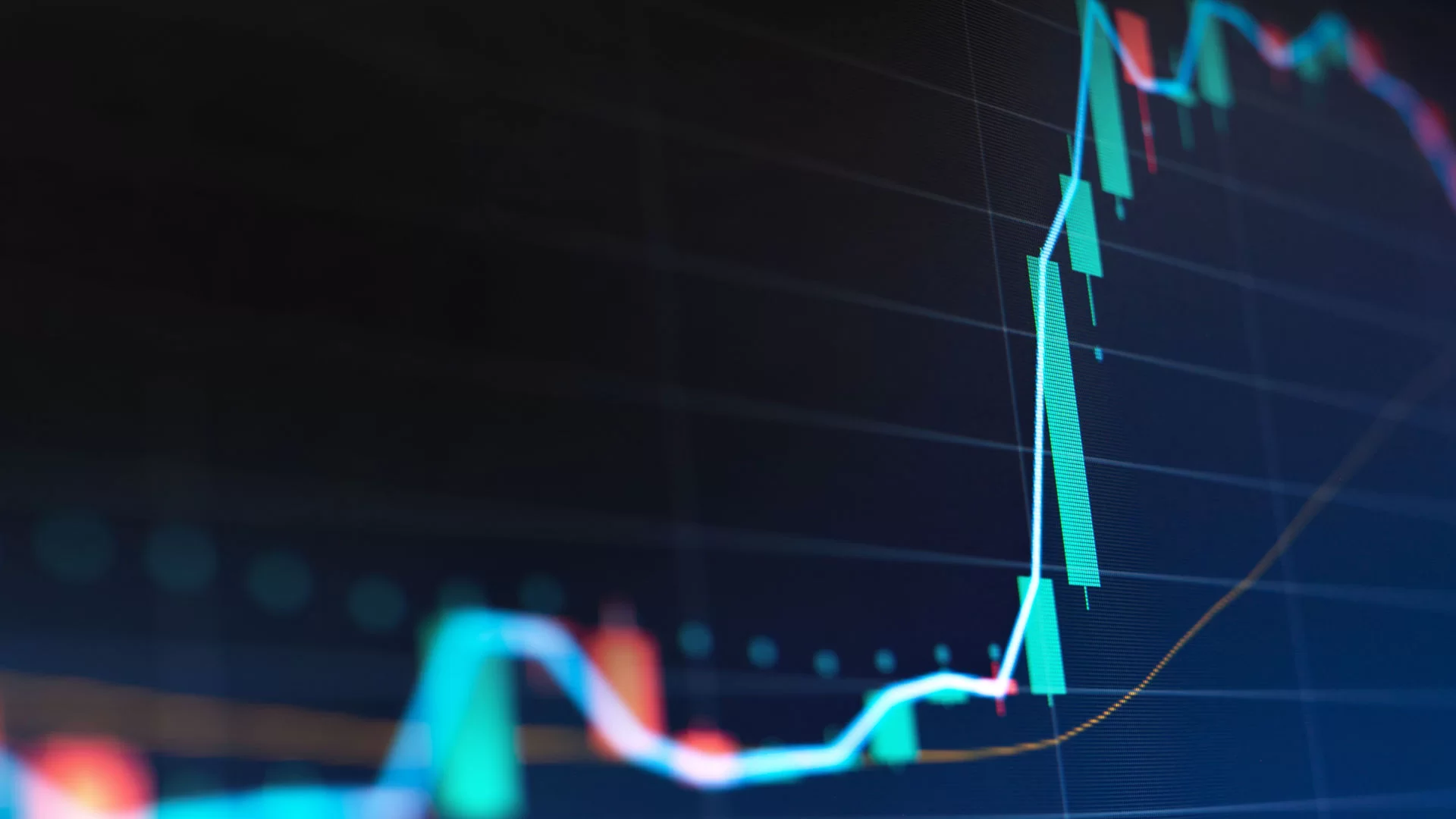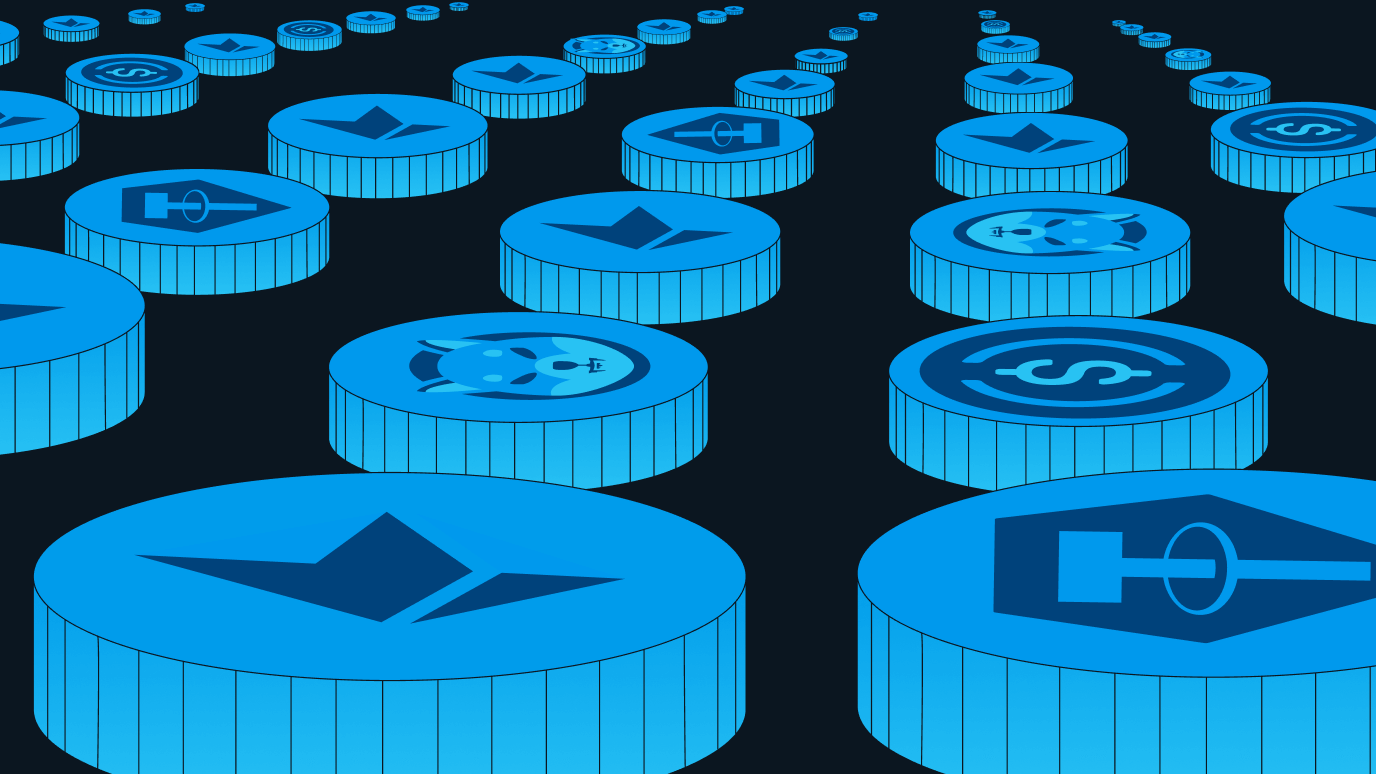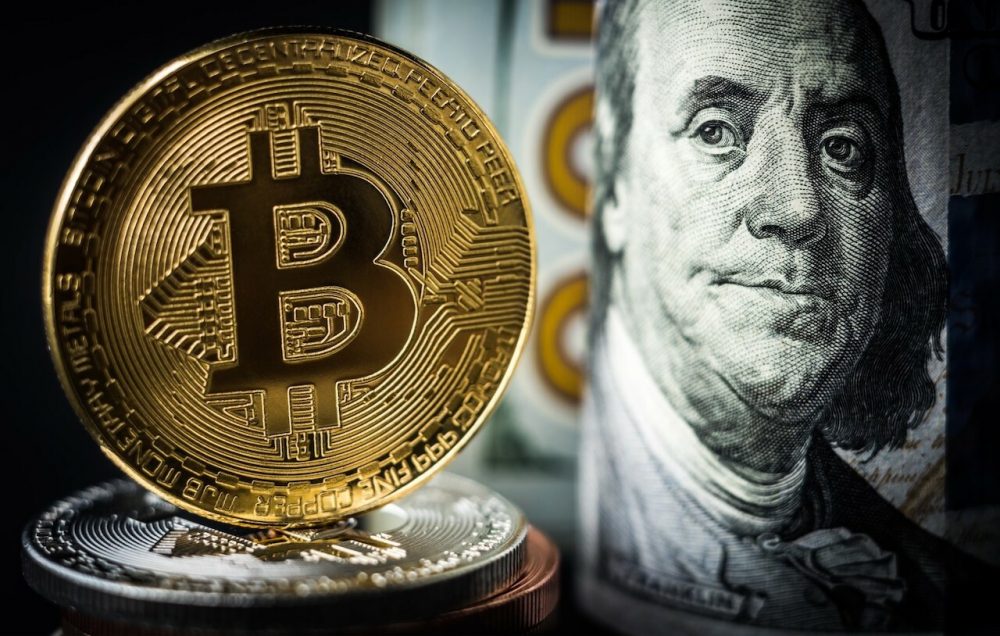In the world of finance it is said that history does not always repeat itself, but most of the time the market parallels the past. Recent developments at the US Federal Reserve have revived memories of the Bitcoin (BTC) surge of early 2019, when the Fed’s dovish stance played a major role in the cryptocurrency’s extraordinary rise of over 300%. According to experts, today we find ourselves in a similar situation. Here are the details…
FED actions were revealed yesterday
The Fed’s actions have been closely watched since the beginning of 2022, when it began its mission to combat rising inflation by raising interest rates, leading to a move called the “liquidity tightening cycle.” This cycle has not been kind to risky assets, including Bitcoin, which has seen its share of turmoil. But this week brought a breath of fresh air for crypto enthusiasts. cryptokoin.com As we reported yesterday, key Fed officials, including Atlanta Fed Bank President Raphael Bostic and Minneapolis Fed President Neel Kashkari, gave a potential respite message. They suggested the central bank may not need to raise interest rates further.

According to Reuters, Dallas Fed President Lorie Logan and Fed governor Christopher Waller even argued that rising Treasury yields were doing the Fed’s job and eliminating the immediate need for another rate hike. These statements instilled market confidence that the Fed’s tightening cycle may have culminated in a 25 basis point rate hike in July. Instead, the central bank remains ready to monitor the macroeconomic landscape as it emerges in the coming months.
What does it mean for Bitcoin?
A historical parallel emerges when we consider the Fed’s previous interest rate cycle, which lasted three years and peaked at 2.5% in December 2018. Following this peak, the central bank entered a seven-month pause that coincided with Bitcoin’s lowest point in December 2018 and subsequent rise to $13,880 in late June 2019. A fascinating similarity emerges when we consider the timing of the Fed’s current pause in its tightening cycle. It aligns with the so-called bullish event of Bitcoin’s mining reward halving, just like four years ago. Research and strategy manager Markus Thielen pointed out this parallel and said:
Going back to 2019, the Fed completed its rate hike cycle and entered a seven-month pause. During this time, Bitcoin experienced a dramatic price rally, rising an impressive 325%. In our view, it is highly likely that the Fed will complete its rate hike cycle in July 2023.

The most critical macroeconomic factor today seems to mirror the situation in 2019, when the Fed halted interest rate hikes, causing a significant increase in Bitcoin prices. In other words, assuming all else remains equal, historical data is tilted in favor of a potential Bitcoin rally. As of now, the leading cryptocurrency is trading at $26,800, representing a 62% year-to-date gain, according to data. The 2019 resemblance suggests that the recent pause in Fed rate hikes and the potential end of the tightening cycle could bode well for Bitcoin. However, it is important to note that an eventual pivot towards interest rate cuts by the Fed could lead to initial price weakness.







